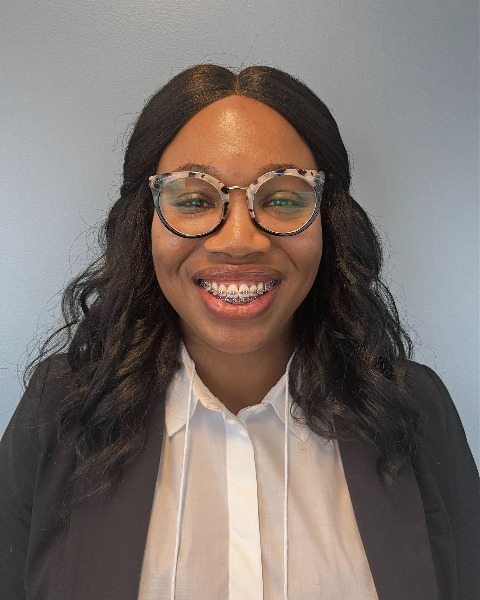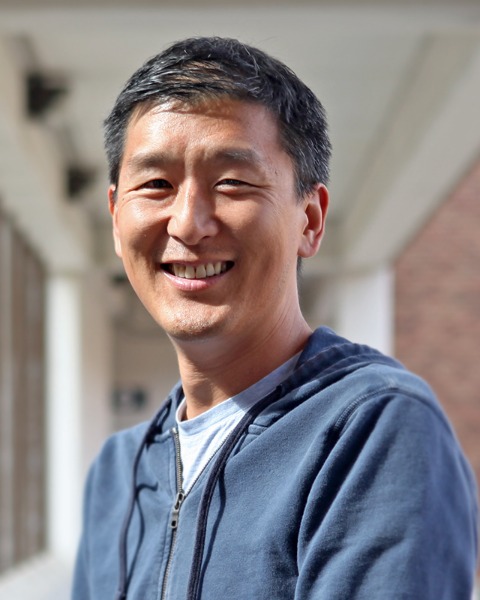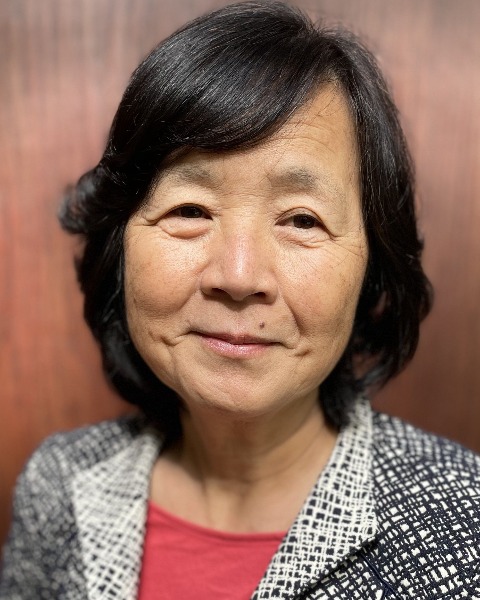Patient Management
44 - Pediatric Dentist Experiences with Caregiver Radiograph and Imaging Refusal


Andrea Akabike, DDS
Pediatric Dental Resident
University of Washington
University of Washington
Seattle, Washington, United States- SA
Sai Aung, MPH
University of Washington
- PC
Paul Casamassimo, DDS, MS
Professor Emeritus
The Ohio State University
The Ohio State University 
Donald L. Chi, DDS, PhD
Associate Dean for Research, School of Dentistry;
University of Washington, Seattle, WA
University of Washington
Seattle, Washington, United States- CF

Peggy Lee, BDS, MSD, PhD (she/her/hers)
Head, Oral Radiology division
University of Washington
University of Washington School of Dentistry
Seattle, Washington, United States.jpg)
Travis H. Nelson, DDS, MSD, MPH
Program Chair and Research Mentor
University of Washington, Seattle, WA
University of Washington
Seattle, Washington, United States- TT
Thomas Tanbonliong, DDS
Program Director
University of Washington
Seattle, Washington, United States
Presenting Author(s)
Co-Author(s)
Program Director(s)
Purpose: This study investigated pediatric dentists’ experiences with caregiver radiograph and imaging refusal and how dentists manage it in clinic.
Methods: AAPD members were recruited by email from October 2024 to November 2024 to complete an online survey on provider and practice characteristics, experiences with caregivers who refuse radiographs (intraoral, extraoral, and bitewing) and cone beam CT (CBCT) imaging, bitewing radiograph refusal management, and lead shielding practices. Bivariate analyses were completed using Chi-square tests (α=0.05).
Results: Of 8,342 invited participants, 704 completed the survey (8%). Substantial percentages of responding pediatric dentists reported radiograph and CBCT refusal to be a big or medium-sized problem (intraoral=23%; extraoral=12%; bitewing=21%; CBCT=9%). Pediatric dentists in private practice were significantly more likely to report radiograph refusal as a big problem than those in community or hospital settings (P-values < .05); there were no differences in CBCT refusal by setting (P=.86). Pediatric dentists practicing in clinics with mostly Medicaid-enrolled children ( >50%) reported having significantly fewer caregivers who refused radiographs (P-values < .05); there was no difference in CBCT refusal by Medicaid percentage (P=.43). Dentists believed caregivers who refused immunizations and those who refused fluoride were most likely to refuse bitewing radiographs. Most dentists (81%) used lead shielding, for whom the most common reason was that it increased caregiver acceptance of radiographs (72%).
Conclusions: Radiograph and CBCT refusal is a significant clinical challenge, which highlights the importance of developing chairside strategies that pediatric dentists can use to help caregivers make decisions about radiographs and imaging for their children.
Identify Supporting Agency and Grant Number:

.jpg)